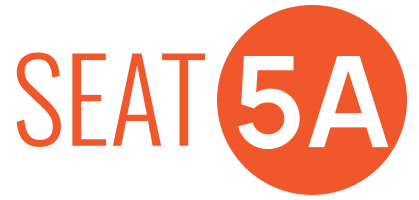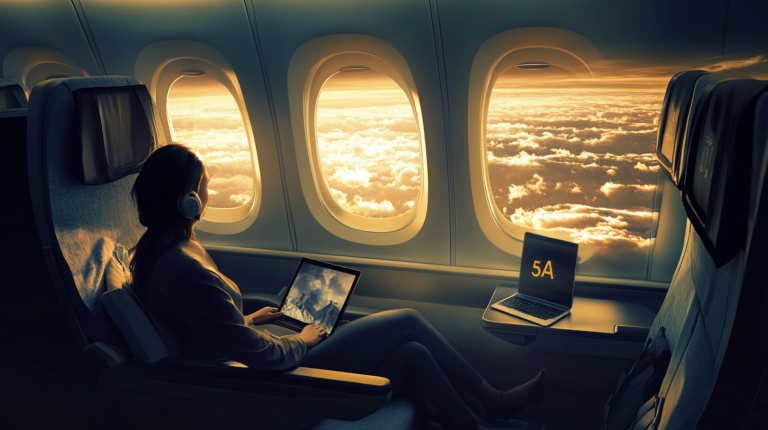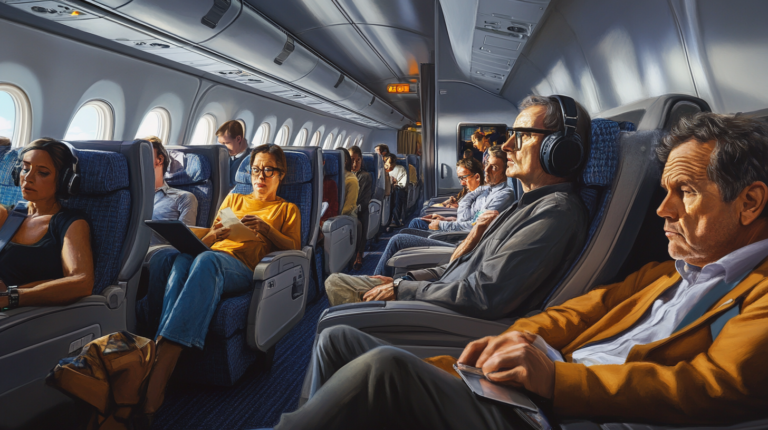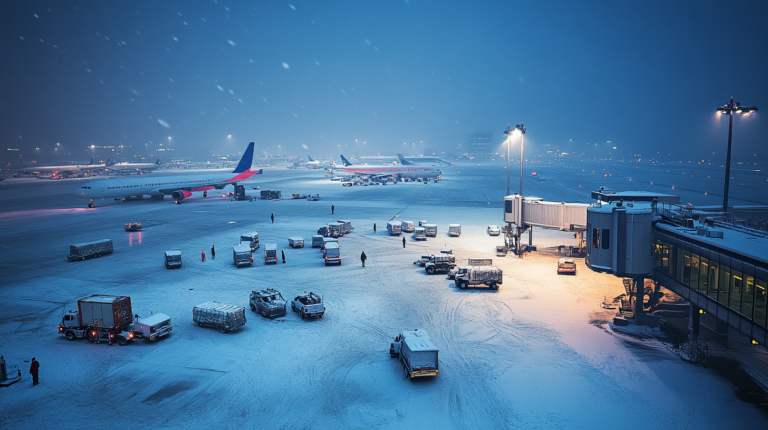7 Essentials for a Successful US Business Trip

I’ve always found that a business journey to the United States feels like stepping into a different aviation universe. From the moment we plan our flights to the final touchdown, navigating everything from visas to border controls can get pretty intense. After soaking up hundreds of travel stories, I’ve gathered practical insights to make your U.S. trip smoother. Here are my seven essentials.
Confirm Your Visa or ESTA

I’ve observed that nothing derails a trip faster than uncertainty about visas. Business flyers typically use the B-1 visa or apply for an ESTA under the Visa Waiver Program (VWP). According to the most recent U.S. Department of State guidelines, the VWP is valid for short stays of up to 90 days and is available to nationals of 41 countries, pending ESTA authorization. If you come from Canada or Bermuda, you often don’t need a visa for most business purposes, though certain activities might still require it.
Whenever I’m deciding which documentation to get, I lean on official embassies’ websites for the latest updates, because policies can evolve with new regulations. For instance, if you anticipate multiple visits, a B1/B2 visa can offer extended validity (up to 10 years), which can be a huge plus for recurring meetings or conferences.
Before finalizing flight details, always confirm your visa or ESTA status. I’ve found that having your paperwork in order not only saves time but reduces that last-minute stress at the airport.
Know the Stricter Policies

Once you arrive, it’s not just about showing your documents. U.S. border checks have become more rigorous, with Customs and Border Protection (CBP) officers conducting enhanced inspections and sometimes checking electronic devices. This was especially evident in 2024, when a wave of stricter interviews and secondary inspections was introduced.
Don’t assume having an approved visa or ESTA guarantees entry. Each visit to the U.S. is assessed on its own merits. This means if you don’t comply with the authorized purpose of your stay, you may be denied entry or questioned for hours. A recent study suggests that 1 in 40 international travelers face some form of additional screening, indicating how vital it is to fully understand these policies. I’ve learned this firsthand from listening to fellow travelers’ experiences, and being prepared can make all the difference.
Finally, keep an eye on new proposals. As of 2025, some business visitor rules have either changed or are under review, including potential expansions to interview waiver programs. Staying up to date is crucial for stress-free landings.
Prepare a Detailed Itinerary

Whenever I cross the pond, I prepare a day-by-day rundown of what I plan to do in the States. On official company letterhead, this itinerary can serve as proof that you’ve got legitimate business lined up, whether it’s client meetings or networking events. A thorough plan typically includes flights, hotel details, and who I’m meeting at each stop.
I’ve noticed that border agents love seeing this kind of clarity. It assures them that I’m not planning to stay beyond my permit or switch to a different type of work. My tip? Include contact names, addresses, and any official events you’re attending. Doing so instantly conveys professionalism and transparency.
In my own travels, simply producing a well-structured itinerary has cut down on extra questioning. It’s a simple step that paves the way for a smooth experience, especially in an environment where immigration officers are more cautious.
Gather Supporting Documents

One of the most common mistakes I’ve come across is not having enough evidence to show strong ties to your home country. A recent industry analysis from 2023 found that over 25% of business travelers faced requests for more proof of financial stability or local connections. Bank statements, property ownership papers, or a letter of employment can demonstrate you plan to head back.
If your work involves bringing a domestic helper or specialized crew, confirm eligibility for B-1 status under special provisions. Even though that’s a bit niche, I’ve heard stories of travelers stuck without the right documentation for their assistants. Being proactive with your paperwork really pays off.
I keep a folder with all relevant documents on hand during travel. Sure, it might seem like a lot of paper in a digital age, but trust me—having these printouts ready can mean the difference between a quick entry and a stressful delay.
Plan for Interviews

Applying for a B-1 or B1/B2 visa almost always involves a face-to-face conversation with a consular officer. I like to treat these interviews as an opportunity to explain my trip in plain language. If an officer understands my goals, I’ve found they typically respond positively.
According to industry data, consular officers often prioritize checking your financial resources, business intentions, and planned duration of stay. If your agenda shifts—like if you decide to extend your stay or change from a business visitor to another visa category—you may need to file Form I-539. Folks who overstay risk complications on future visits, which can be a real roadblock for frequent flyers. I remind myself that honesty is always the best approach during these interviews.
One tip? Practice how you’ll answer common questions. During the actual appointment, concise, truthful responses help move things along faster. This approach has saved me time and reduced any potential misunderstanding about my intentions.
Don’t Forget Insurance

Travel insurance might seem like just another expense, but I consider it essential. In my experience, the unexpected can leave you stranded with monumental bills if you’re not covered. A 2024 survey from a major travel insurance provider revealed that 41% of international travelers needed some form of medical care while away.
Beyond medical coverage, many business travel policies include benefits for trip delays, lost luggage, or even urgent business cancellations. Given that time is money on a business trip, I value the peace of mind that comes from comprehensively insured travel. It lets me immerse myself in the journey without worrying about the financial aftermath if things go sideways.
Seek Expert Assistance

Over the years, I’ve seen how professional advisors can save you from heaps of paperwork and headaches. Working with a firm like Vialto Partners for compliance checks or TPE for custom documentation has made my travels more worry-free. A few acquaintances also rave about platforms like WorkFlex for tracking global mobility requirements.
These organizations stay updated on changing immigration or visa regulations, ensuring you remain compliant. Trusted advisors simplify the process, so you can focus on pressing your suit, packing your carry-on, and preparing for that important client meeting. In my view, it’s always better to spend your time on strategic planning than rummaging through legal fine print.
I’ll emphasize, though, that this doesn’t replace your own due diligence. Even the best expert can’t help if you don’t take charge of your own travel strategy. Stay informed and use reputable resources, and you’ll be prepared for almost anything the journey brings.
Final Thoughts

I believe a successful U.S. business trip starts well before you reach the gate. From double-checking visa requirements to laying out a clear itinerary, each detail can mean the difference between a seamless arrival and an unexpected detour through secondary inspection. In my experience, solid preparation transforms stress into confidence, especially when you know you’ve covered all your bases.
Remember to remain flexible. Policies shift, interviews can be unpredictable, and even the best-laid plans sometimes require pivots. That’s part of the thrill of international travel—knowing how to adapt and stay ahead of the game. After all, each landing is a chance to build new business connections, discover fresh opportunities, and maybe even find a great city view along the way.
Ryder’s Take
Every time I settle into that window seat, I’m reminded of the thousands of firsthand experiences that shaped my approach to global travel. A well-researched plan, combined with a hearty dose of flexibility, makes any flight feel more relaxed and purposeful.
For me, it’s about more than just checking boxes. It’s about enhancing each step of the journey—from a perfect seat selection to staying updated on immigration rules—so we can focus on what truly matters: the adventure ahead.
Seat5A is where every traveler’s journey begins and new horizons take flight.






